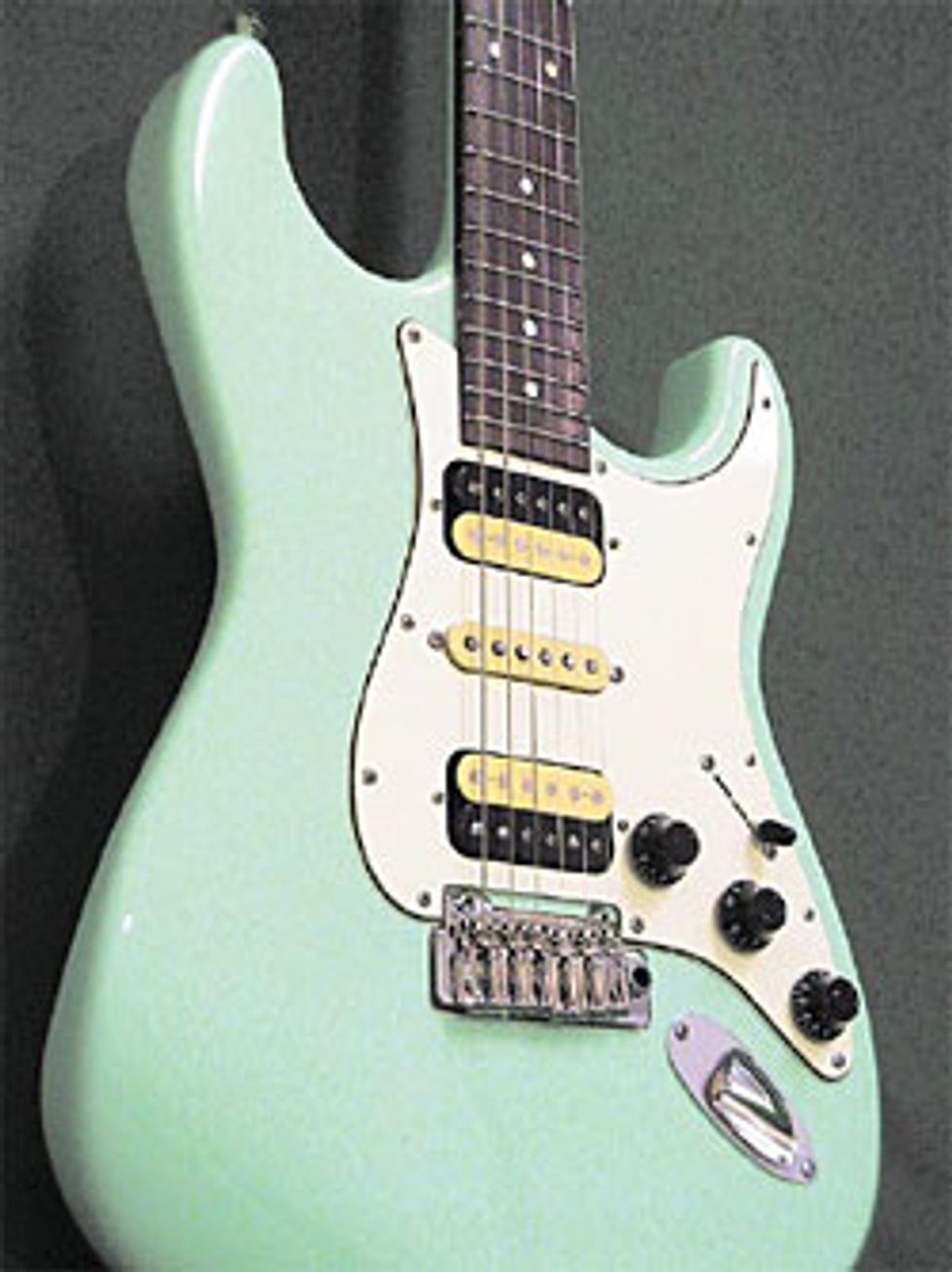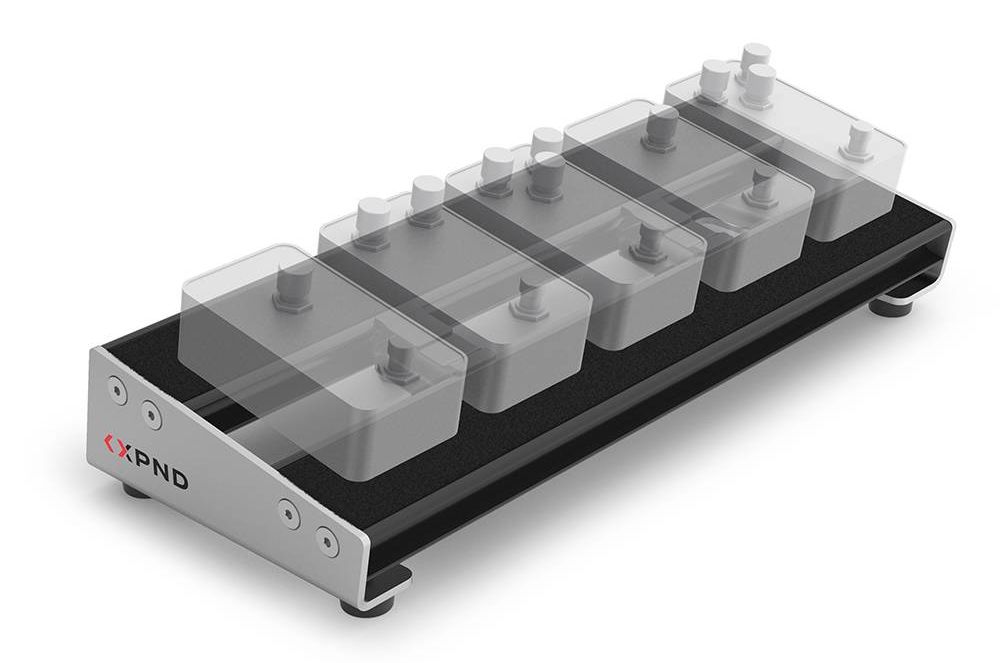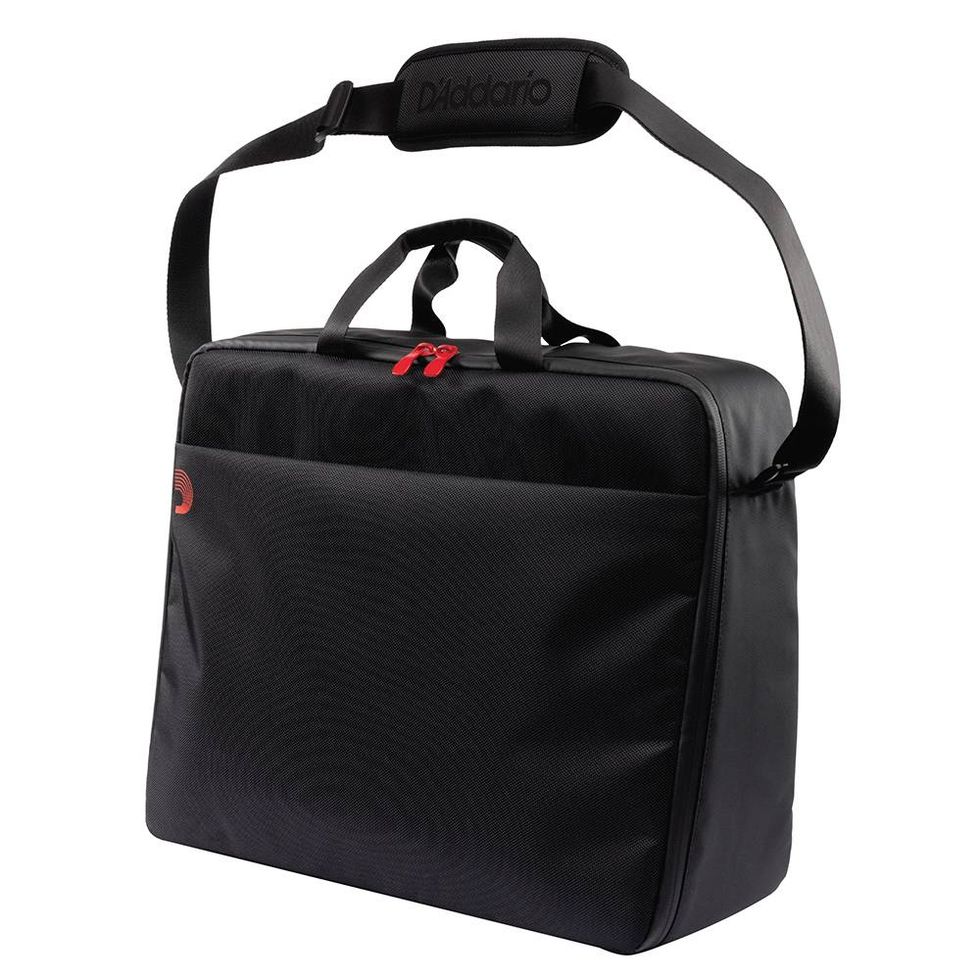 I think it’s about time we get into some serious guitar construction. We’ve been talking about repairs, gear and gigging for months now, so it’s time we start talking about something I enjoy most of all – building and designing guitars. In this series I will cover neck-thru, set neck and bolt-on electric guitar variations and do my best to translate the ideas and tricks I have learned. Not everyone is going to have the resources to duplicate the methods, tools or machinery I use to do this, so I will do my best to sketch out ideas for alternative ways to solve obstacles that come our way. In my younger garage days, if there was an operation I wasn’t able to do myself – such as plane or surface sanding – I would find a cabinet shop, high school wood shop or other guitar shop where I could get them to do it for me.
I think it’s about time we get into some serious guitar construction. We’ve been talking about repairs, gear and gigging for months now, so it’s time we start talking about something I enjoy most of all – building and designing guitars. In this series I will cover neck-thru, set neck and bolt-on electric guitar variations and do my best to translate the ideas and tricks I have learned. Not everyone is going to have the resources to duplicate the methods, tools or machinery I use to do this, so I will do my best to sketch out ideas for alternative ways to solve obstacles that come our way. In my younger garage days, if there was an operation I wasn’t able to do myself – such as plane or surface sanding – I would find a cabinet shop, high school wood shop or other guitar shop where I could get them to do it for me. First and foremost, you need to have a complete instrument in mind from start to finish – this includes wood, materials, hardware and electronics. Your final color may even sway you to select nickel or gold hardware or choose a rosewood or ebony fretboard for color contrast. I’m not going to dwell much on all the pros and cons of which woods to use or why I select certain materials for tone’s sake; instead, I’m going to dive right into building as quickly as possible.
The Drawing Table
I always start at the drafting table; if you are familiar with CAD (Computer Aided Drafting), you will be able to make better use of the details you draw, including being able to print actual-sized drawings, to help make a variety of fixtures or routing templates, and zoom capability to view important details requiring precise measurement. Of course, remember that certain measurements are somewhat impossible to know in advance until you have gathered the sum of all parts to be used. In most cities you can find blueprint shops that will print your drawings for you in a variety of paper sizes, which you can then turn into router templates and use for reference just like building a house. If you don’t have the aid of CAD you can purchase vellum drafting paper from the same blueprint shops and break out a table, ruler and micrometers. Sharpen up those pencils – it’s time to draw.
When I knew I was going to make the leap from employee to becoming an entrepreneur building guitars, I knew I would have to have CAD in my vocabulary to document what I do, as well as be able to program a CNC machine – essentially a computerized router allowing you repeatability and extreme accuracy, plus it’s much easier to make alterations or revisions without having to make a jig or fixture all over again. I personally use BobCAD/CAM (bodcad.com) for my drafting and machine programming because it’s very powerful software at a fraction of what some other versions may cost. You can also find more affordable CAD software around $200 if you don’t need to program a CNC machine. In addition, most local community colleges teach an after hours CAD class – I highly recommend taking this if you’re remotely serious about building guitars. You will be drawing guitars with general CAD knowledge in a month or less.
That’s it for this issue; next month, we’ll dive into getting this baby rockin’. For now, I’ll leave you with a juicy picture of what we are going to create.
Gene Baker
Any questions or comments visit
www.finetunedinstruments.com
www.meangene.org
email me at b3gene@verizon.net
Fine Tuned Instruments LLC, home of his “b3” instruments.



















![Rig Rundown: Russian Circles’ Mike Sullivan [2025]](https://www.premierguitar.com/media-library/youtube.jpg?id=62303631&width=1245&height=700&quality=70&coordinates=0%2C0%2C0%2C0)






